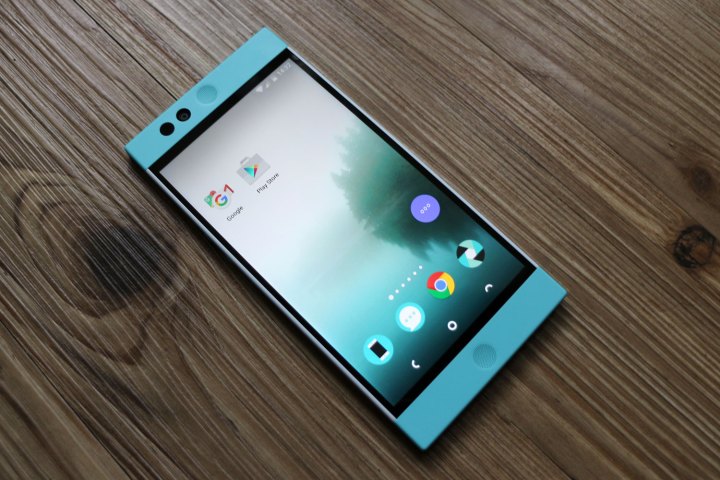
It has made a name for itself as a company with fresh approaches to solving our everyday problems with smartphones, the most concrete example of which is its smartphone Robin, which launched in February. Rather than relying on the storage on the phone, it uses the cloud to backup your apps, photos, and other data. Apps are restored to your phone as you need them, saving both you and your phone the headache of too little storage. Next up, the company claims that the upcoming version of its Android-based operating system will address another headache: battery life.
The phone manufacturer says it “can apply the same intelligence we’ve used for smart storage toward making your battery last significantly longer.” Details are vague, but the phone will learn “your habits and optimize functions at the system level to ensure you get the most screen time possible.” Luckily, this is compatible with the battery life-saving features of Android N, Google’s next iteration of its OS, which is set for an official release in the third quarter of 2016.
Just as there’s a lack of details surrounding how the manufacturer intends to keep you from running into the nearest Starbucks for a quick charge, it also doesn’t disclose any information on just how much longer you can expect the battery to last. It did say that it’s more complex than the Doze feature present in Android. Rather than shutting off Wi-Fi, Bluetooth, and other battery-draining features that stay active when your phone is in standby mode, it will improve longevity while the phone is being used. It’s all done via software, as opposed to other industry strategies such as installing a more powerful battery, and Chief Technical Officer Mike Chan says the company is committed to finding software solutions instead.
Consumers carrying Robin around in their pockets will see the new software this fall. Recent beta participants will get the opportunity to try out the new software before its final release. Following its release, the validity of these claims should be apparent. Battery life is at the forefront of research among manufacturers across the world, with some even claiming that we may see batteries lasting up to seven days. Similarly, Samsung filed a patent last year for a technology that’s meant to double the life span of our phones.
Nextbit stands to benefit greatly from improved battery life since Robin is based on the idea of always being connected to the internet, which can really strain the battery. But it likely doesn’t have the resources to be working on completely new battery technologies, and it wouldn’t make much sense either, since larger companies like Samsung and other specialists are already exploring those areas. Instead, it seems the manufacturer is focusing on improving battery life the way it has attempted to solve the storage capacity issue, by coding.
Editors' Recommendations
- How to tell if your smartphone has been hacked
- Which phone has the best battery life? Let’s find out
- Robotic rubdown: New robo-masseuse could make its way into your home
- Longer battery life and more iPhone features make new Fossil smartwatch exciting
- Vivo’s new charging tech rockets phone your battery to full in only 13 minutes

